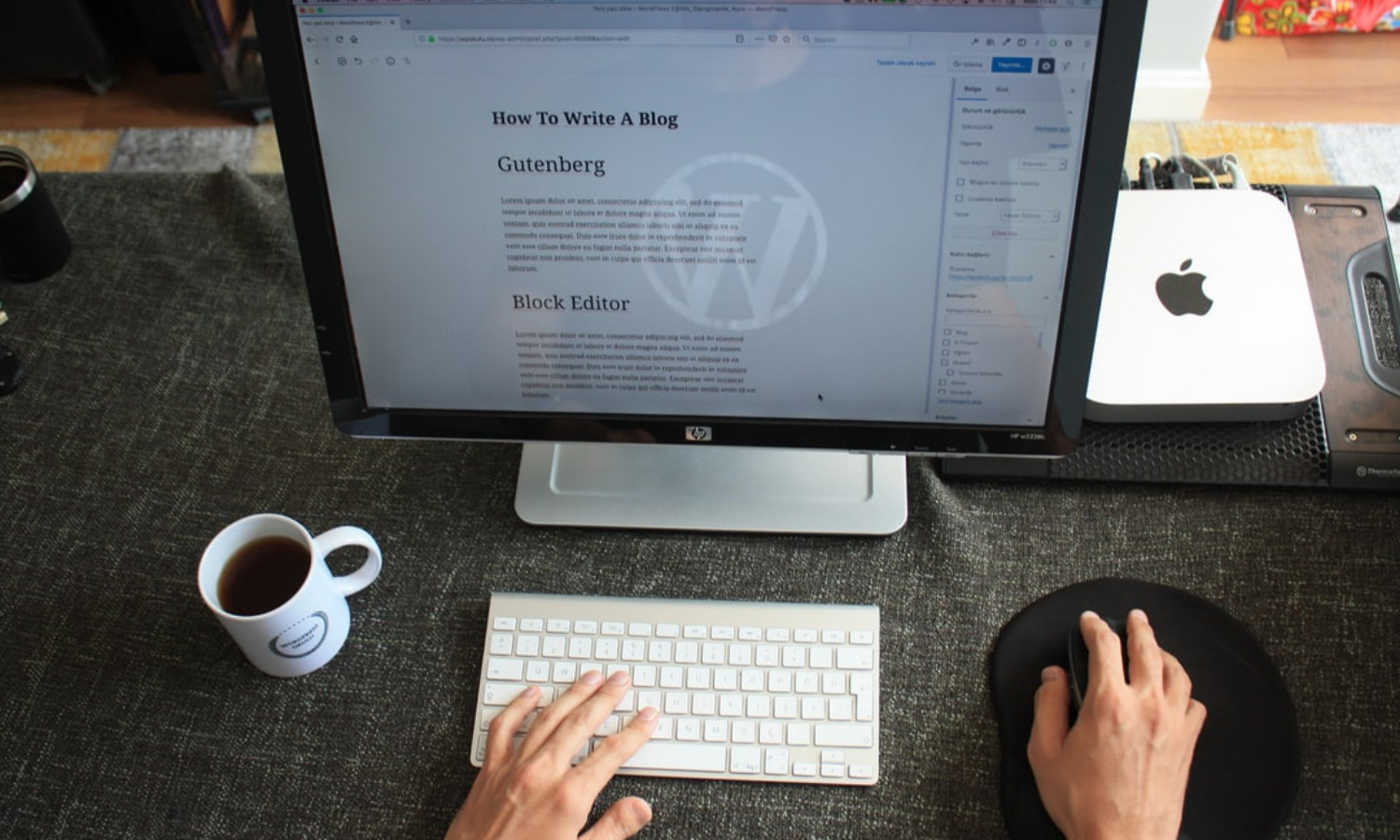This is not my first foray into the world of WordPress.
For better or for worse I originally learned to write code by looking at WordPress’ codebase. I hosted various versions of my blog on different shared hosting providers, on expensive dedicated servers, and even on managed platforms. Every step along the way showed me how powerful and useful WordPress could be.
When I stopped writing code for the tool on a regular basis, I also stopped blogging regularly. My site withered, though it still has traffic. Eventually I shuttered the managed WordPress install and moved the site to Jekyll.
But in 2022 I’ve come back to WordPress. So many things are different, yet so many things are the same.
The good
As a writer, I absolutely love the new editor. It gets out of my way and lets me write content fluently. I love the flexibility with which I can create prose and incorporate graphics into my content. I also love the ability to dynamically preview unpublished work and schedule content in advance.
It’s rare that I get time in the afternoon to write, but that’s the best time to publish and attract readers. WordPress’ ability to write a post in the morning and defer publication until later that day is a lifesaver!
In short, WordPress does exactly what I need it to do. It presents me with an effective, beautiful editor and grants me full control of my content.
The bad
My site design is relatively simple and I have very few plugins installed on the backend. Unfortunately, most of these plugins feel more or less hacked together. Rather than in-place content editing they use clunky popups and require a separate workflow for incorporating content. Certain settings that should be in the right-hand post menu are below my content and duplicate stock settings that already exist.
The separation between free plugin features and “pro” features is marked and inescapable. The flood of notices and “you should upgrade” ads is intrusive and distracting. It’s no wonder that many of these premium features are also provided by Jetpack for free – except it’s just as guilty of presenting an obtrusive paywall.
Overall, this instance of WordPress feels like a conglomeration of competing ideas for what a user interface should look like. Given the diverse community this isn’t much of a surprise. The lack of interface consistency, however, does little to instill confidence in the platform as a product.
The future of WordPress
I’m technical enough to know what’s going on under the hood. When I complain about a missing feature or slightly disjointed experience, this is me publicly recognizing a problem before I take the time to help fix it.
And I will help fix it.
I’ve been contributing code to WordPress core for over a decade. I’ve written plugins for the software for just as long. Adding features, refining the interface, or generally fixing problems I encounter is not a problem. What is a problem is identifying the most critical things to do.
For this, I quiet my own (minor) frustrations with the software and turn to the community. There are already long lists of features to be designed or implemented or shipped, and a quality team helping to triage new requests. Knowing these resources and the people behind them exist tells me the future of WordPress remains bright.
Things have come a long way since I last blogged in 2020. I look forward to seeing where we go over the next two years.
